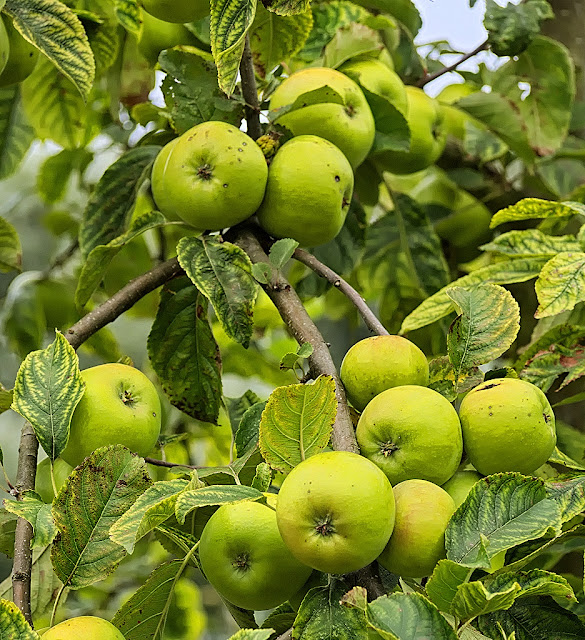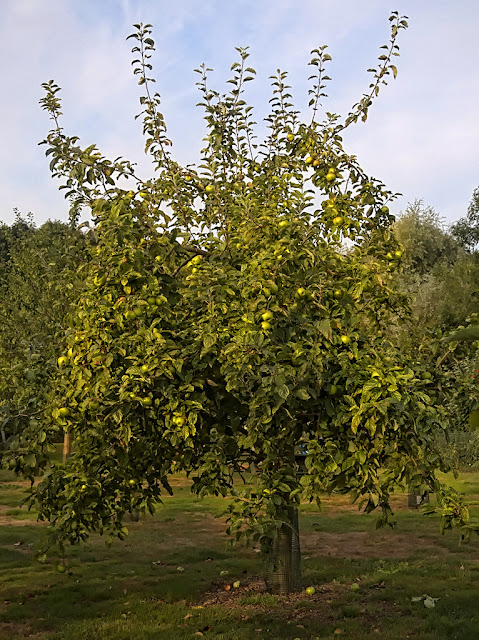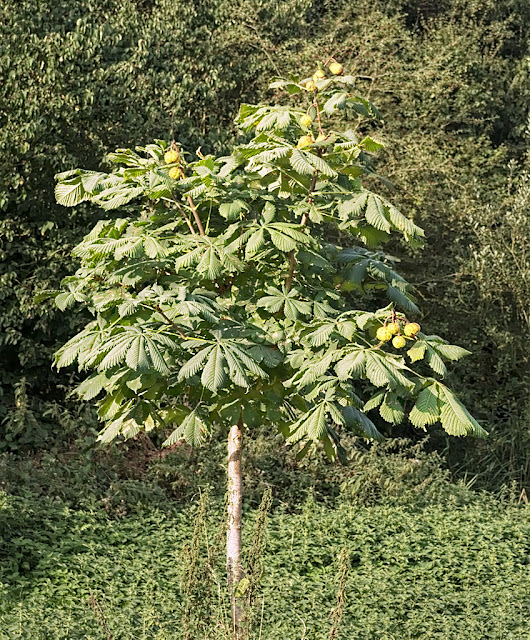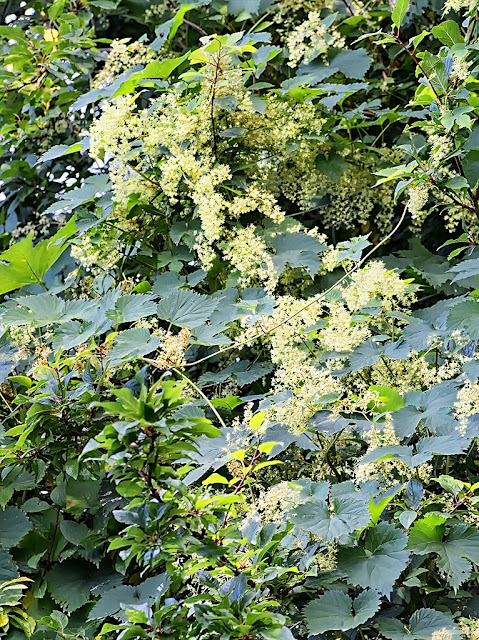Photographing
Milton Country Park for the second year running has given me the
opportunity to either picture things I missed the first time around,
or, hopefully, improve on my images from last year. As anyone who
has photographed in the same place for any length of time will know,
seasons vary tremendously from year to year.
Cherry Plums
 |
| Cherry Plums - 31 July 2016 A bumper crop this year |
The mild spring and the warm and wet summer has meant a bumper crop of cherry plums. Last year, I took some pictures at an early stage when just a few plums were ripe. When I went back later, they had all disappeared. This year, to avoid the same mistake, I assiduously photographed the plums twice a week for three weeks. But I needn't have worried, as the trees were laden with fruit as the image above shows. This is far more than last year. Interestingly, the plum trees in the orchard had far fewer plums than in 2015.
Lords and Ladies
 |
| Lords and Ladies - 7 August 2016 A clump of ripe but uneaten fruit among the brambles and the ivy |
Another fruit I struggled to capture last year, was the bright red berries of cuckoo pint (for some reason I think of the plant as cuckoo pint, and its fruit as lords and ladies). In 2015, all the spikes seem to be eaten as soon as they appeared. This time around, I had no problem in finding entire spikes, like the group shown here. Is this a reflection of an increase in number of berries, or that the birds, squirrels, and rabbits had plenty of other things to eat?
Apples
 |
| Ripening Apples - 28 August 2016 They may not be the forbidden fruit but their temptation is obvious |
It appears that it has been a bumper year for apples as well. This cluster of large, juicy fruit was typical of all the apple trees I saw in the park. Fruit such as this make it easy to understand why the apple has become associated with the forbidden fruit in the tale of Adam and Eve and their expulsion from Eden. But the Bible does not the name the forbidden fruit, and its identity with the apple is more a product of the imagination of Renaissance painters. In fact, some would argue that the forbidden fruit could not have been an apple as it would not have been found in the Middle East at the time. However, this argument seems specious as the ecology of the surrounding countryside is generally irrelevant to the contents of a garden, particularly a paradise like Eden – just think of all the non-native plants found in modern day Eden Project in Cornwall.
 |
| In the Orchard - 28 August 2016 Apples gleam in the early morning sunshine |
There is the old saying that you can't see the wood for the trees; but when it comes to photographing apples in the orchard, it seemed more a case that the camera couldn't see the fruit for the trees. I finally settled on this picture where the apples reflect the low sunlight more strongly than the surrounding leaves and stand out just that little bit.
In
both these cases, the apples were green. On the higher boughs, where
they got more sunlight, they were already turning a mouth watering
red.
Apples are of course healthy. We have all heard the saying 'an apple a day keeps the doctor away', but the list of diseases the apple has been thought to cure is truly impressive, including: constipation, gout, fatigue, rheumatism, problems with the kidney or liver, anaemia and urine retention. It is said to lower cholesterol; and rubbing two halves of a sliced apple on a wart, then burying the remainder, eliminates the wart. No wonder the apple is associated with immortality.
Apples are of course healthy. We have all heard the saying 'an apple a day keeps the doctor away', but the list of diseases the apple has been thought to cure is truly impressive, including: constipation, gout, fatigue, rheumatism, problems with the kidney or liver, anaemia and urine retention. It is said to lower cholesterol; and rubbing two halves of a sliced apple on a wart, then burying the remainder, eliminates the wart. No wonder the apple is associated with immortality.
Horse Chestnut
 |
| Young Horse Chestnut - 28 August 2016 Conkers clearly visible on this tree which so far has escaped the ravages of the leaf miner |
One
of the newly planted horse chestnut trees in the south of the park
produced a nice crop of 'conkers', which inevitably led to my
wondering why they are called conkers. The most likely explanation
is they are named after the game of conquerors, which was originally
played with snail shells or hazel nuts. Wikipedia lists the
wonderful obblyonkers as a regional alternative name.
Fruitless
 |
| Male Hops - 21 August 2016 I have so far been unable to find any female plants with hops |
I end this post with the fruit I didn't find. At the north end of the park by the Fen Road exit, I noticed a couple of trees covered with a large leafed climber with whitish-green flowers in panicles. As far as I can tell these climbers of male hop plants, and so far I have been unable to locate any female plants bearing the familiar hops anywhere in the park.
Next: Clematis and Hawthorn

No comments:
Post a Comment